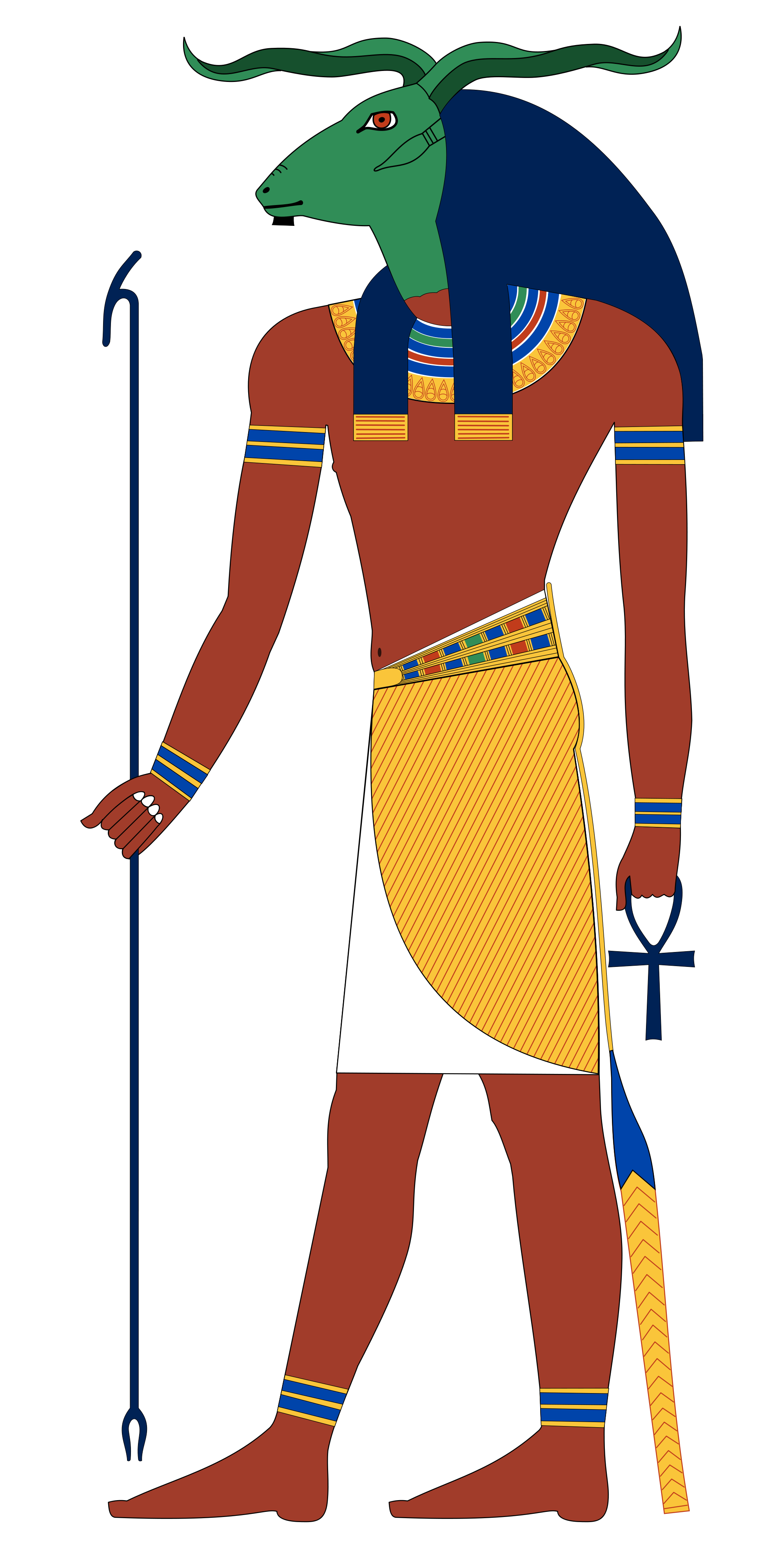- Clarke, B. (1998) Amphibian (eyewitness guides). United Kingdom: Dorling Kindersley Publishers. Citations, Quotes & Annotations (Clarke, 1998, pp. 6 – 14)
- Uchiyama, R. (1999) Reptiles and amphibians. San Francisco: Chronicle Books.Citations, Quotes & Annotations (Uchiyama, 1999)
Websites Used:
- http://www.ancientegyptonline.co.uk/khnum.html
- http://www.mythical-creatures-and-beasts.com/hybrids.html
- http://www.britannica.com/topic/Khnum
- http://nationalzoo.si.edu/animals/reptilesamphibians/facts/factsheets/ornatehornedfrog.cfm
- http://www.theamphibian.co.uk/horned_frog_care_sheet.htm
- http://listverse.com/2013/03/04/top-10-bizarre-frogs/
- http://www.lookd.com/frogs/anatomy.html
- http://www.livescience.com/50692-frog-facts.html
- http://www.rantpets.com/2015/06/03/15-strangest-hybrid-animal-breeds-you-didnt-know-existed/
- http://webcache.googleusercontent.com/search?q=cache:http://www.pdn.ac.lk/med/departments/forensic/BUDHUSARANAI/forns-scn-cont.html&strip=1&vwsrc=0
- http://www.mirror.co.uk/news/uk-news/pictured-horrific-facial-wounds-suffered-5556591
- http://www.emedicinehealth.com/cuts_or_lacerations/page6_em.htm
- http://www.webmd.com/first-aid/cuts-or-lacerations-treatment
- http://www.forensicmed.co.uk/wounds/sharp-force-trauma/glass-wounds/
- http://www.woundcarecenters.org/article/wound-types/traumatic-wounds
- http://www.orthopaedics.com.sg/treatments/laceration-wound









































